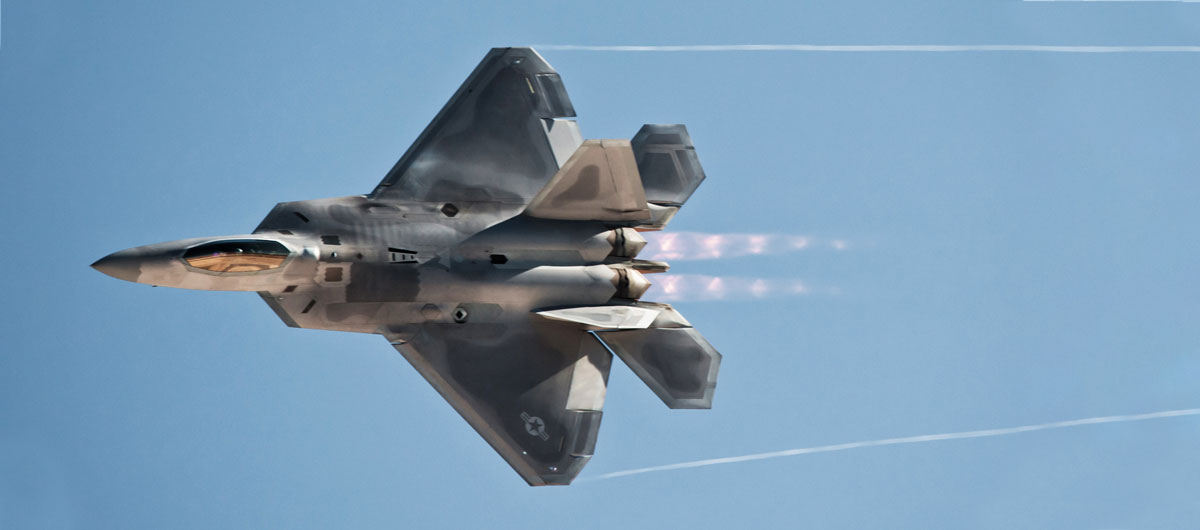Enhanced Tradespace Tool
The Enhanced Tradespace Tool (ETT) allows military leaders to build data-driven projections and to quickly and more accurately understand the full effects of any acquisition or divestiture decisions.
ETT is a PC-based, decision modeling tool that can project future budgets, force structure, and capabilities based on alternative constraints. Users can run different scenarios to see the short and long-term results and assess the cost-capability tradeoffs of specific force structure decisions.
Input variables to ETT can include cost and budget data; aircraft, land vehicle, and naval vessel inventory; demographic data; and proposed buy quantities. Modifications to each input variable will adjust the resulting projections on budget, force structure, and force demographics. The ETT algorithm can be customized to accommodate specific business rules, production rates, or other factors that should remain constant for each decision model.
Recent updates to the Defense BudgETT software have enhanced its analytical capabilities with regards to the Department of Defense’s Analytic Agenda. Specifically, updates enabled the software to perform a more robust analysis of conventional conflict Defense Planning Scenarios; reflected suggestions by subject matter experts; included new planning scenarios defined by the Quadrennial Defense Review and the Office of the Secretary of Defense/Joint Staff activities; and allowed for automatic transfer of data to and from projection models.
Defense BudgETT services, including the Enhanced Tradespace Tool and our consulting services, can be purchased using streamlined GSA purchasing. To learn more, visit our page at the GSA website.

Read how ETT helped the Air Force

Case Study
The U.S. Air Force wanted to better understand the long-term consequences of their force structure decisions as they developed their Resource Allocation Plan, the Budget Estimate Submission for the President’s Budget, and the five-year forward-looking Program Objectives Memorandum.
ETT allowed Air Force planners to conduct what-if scenario analyses of alternative budget proposals. To begin, the software was customized to include a data warehouse for Air Force long range plan positions and options. It also included set business rules, production rates, and formulas that calculated costs that could be incurred as programs slip and buy quantities change.
Once ETT was implemented, planners input detailed data at the program element level, such as cost and budget data, aircraft inventory, proposed buy quantities, and demographic data on existing aircraft systems. ETT aggregated each set of data into a different decision model and output budget projections by key assets, force projections, and demographics of systems.
For the Air Force, the output projections were customized to meet the format of Air Force Key Capability Assets. Translating the ETT results into a regularly used Air Force format enabled planners and Air Force leadership to easily understand the impact of various budget modifications. ETT was also able to extend the standard five-year budget to twenty and thirty years to help leaders fully understand the long-range effects of current decisions.
